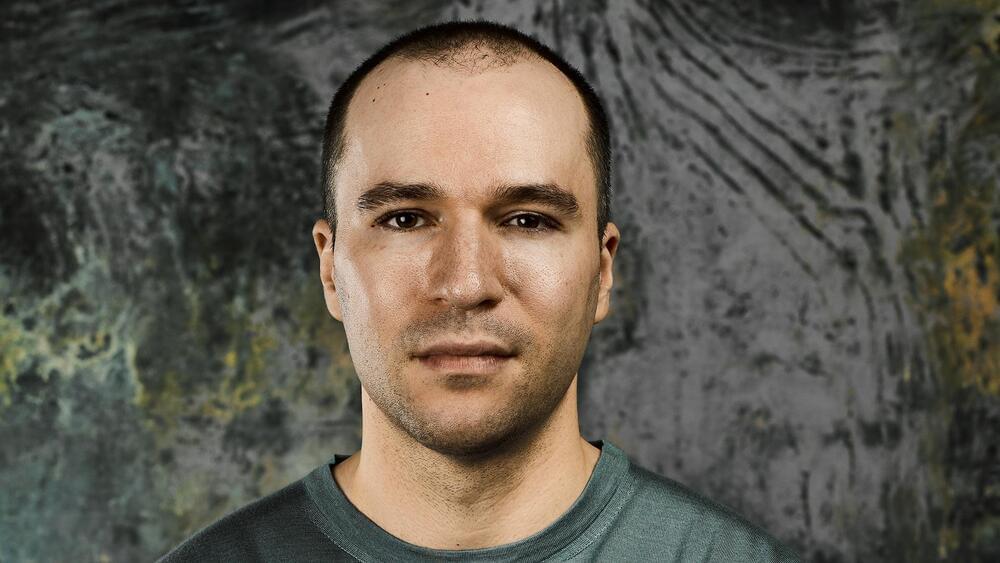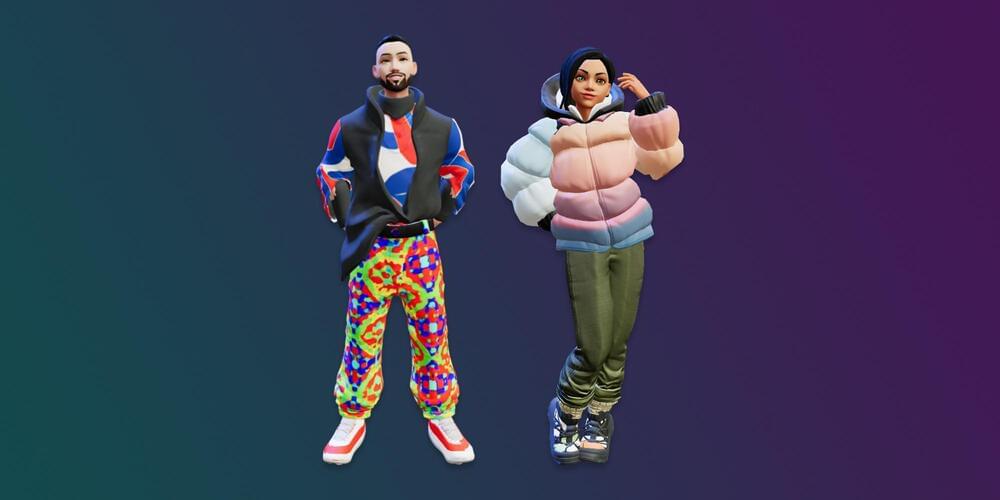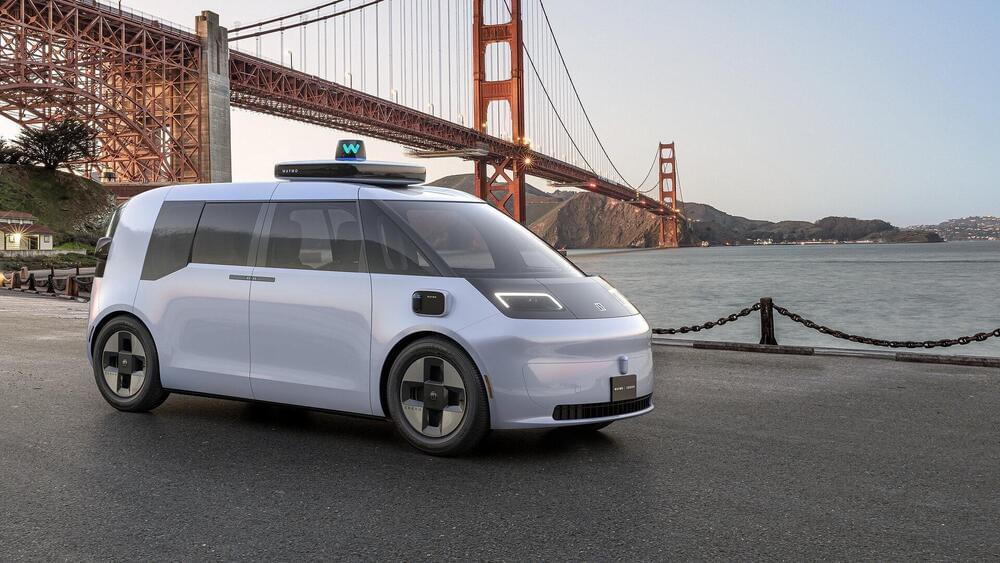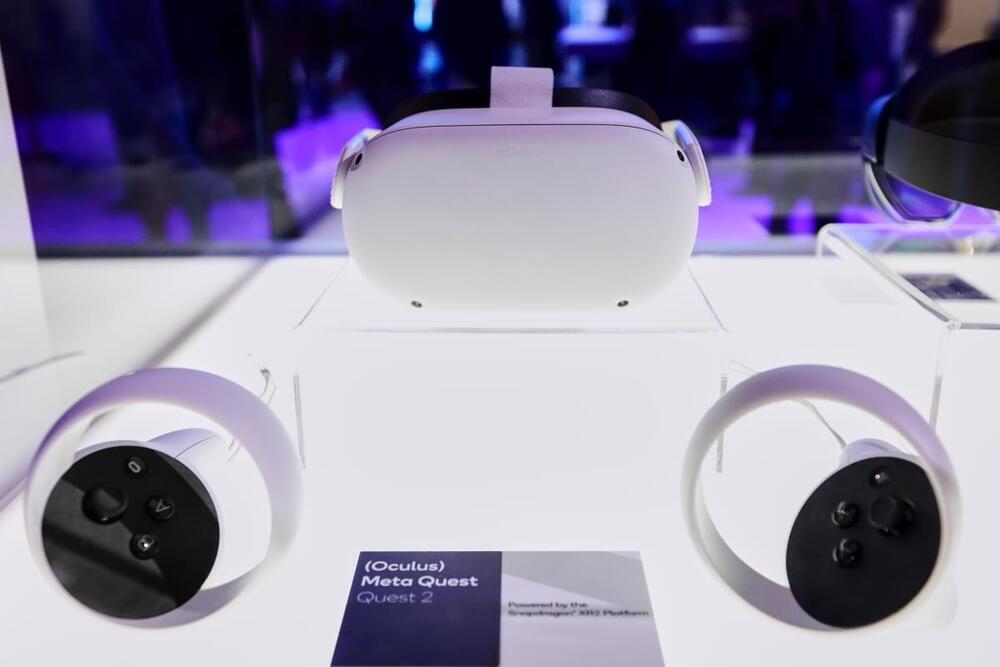In the world of self-driving, the strong leaders are now Google/Alphabet’s Waymo, and GM’s Cruise. Both are headquartered in the San Francisco Bay Area, and both have thus been keen to deploy in the city of San Francisco itself. No wonder, it’s their hometown. Driving it is a challenge but an important one to handle. On the other hand, it doesn’t snow, though it faces fog. It’s a city that already has many people who don’t own cars, and it was the birthplace of ride-hail, first with the now-defunct Sidecar, then Lyft and Uber. It makes a lot of sense that they both want to be there.
Even so, the city of San Francisco and it’s agencies have not been too happy with the pilot deployments of these companies and recently wrote letters hoping to slow them down. This article examines the conflict between the companies and their city, considering not just the particular points of contention, but also what sort of relationship makes sense here and how to resolve conflicts going forward.
San Francisco doesn’t have the authority to regulate driving. That’s the California DMV. Ride services are under the authority of the California Public Utilities Commission. The federal government regulates the making, importing and selling of vehicles and keeping them safe.









